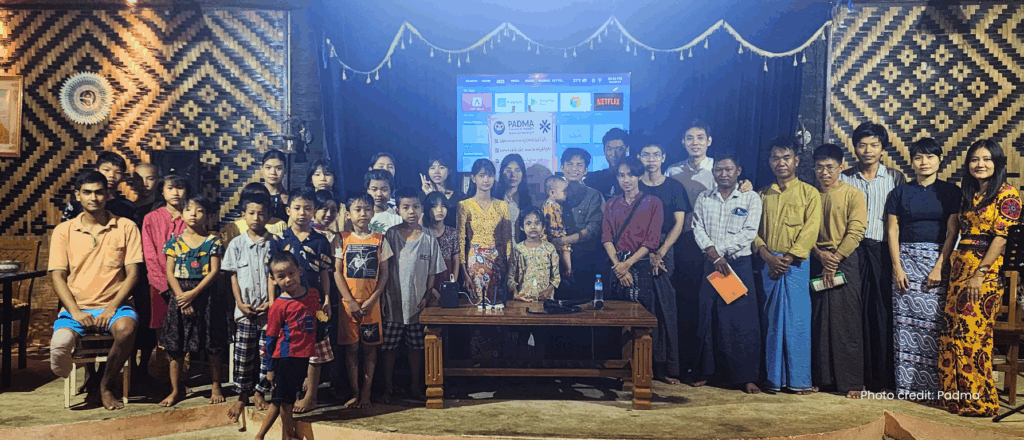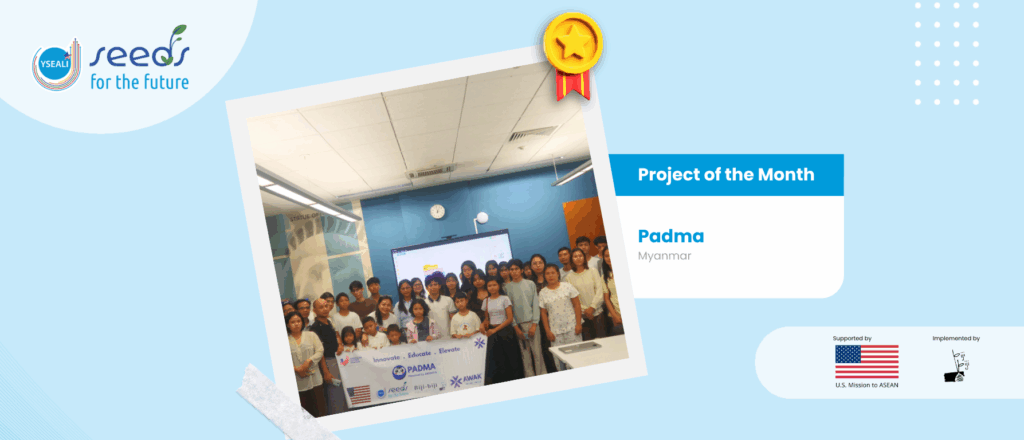About the Project
We built Padma, a coding education app for children in Myanmar. The app runs on Android phones, which are the most common smart devices used by children in the country.
Padma uses a block-based system , a visual way to learn coding where children drag and connect colorful blocks instead of typing text-based code. Each block represents an action, such as moving a character, repeating a task, or playing a sound. When combined, the blocks form simple programs, games, and animations. This approach makes coding feel playful and easy to grasp, like solving a puzzle rather than studying a subject.
The content is available in Myanmar and ethnic languages so children can learn in their native language.
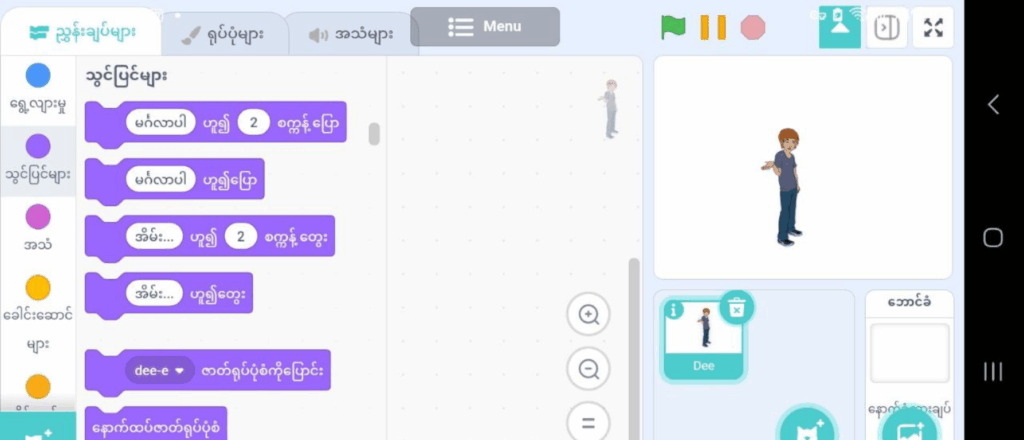
Why do you care about this specific topic/issue?
In Myanmar, children in big cities often grow up with internet access, advanced lessons, and even coding camps. Children in rural areas do not get the same opportunities. This discrepancy creates an educational divide where one group prepares for a technology-driven future while the other lacks these opportunities. We care about this issue because the problem is not a lack of talent, but a lack of access, and we want to make digital education and training available to all children in Myanmar.
Why did you decide to start this project?
Our decision to build Padma started with a simple observation. Most rural households in Myanmar do not own computers, but many have Android phones. That is why we chose Android as our platform. We designed it to be block-based and visual, removing the barrier of complex coding syntax. We also prioritized local languages so children can learn through words familiar to them.
Every choice we made served one purpose– to bridge the digital divide with tools that match real conditions in Myanmar.
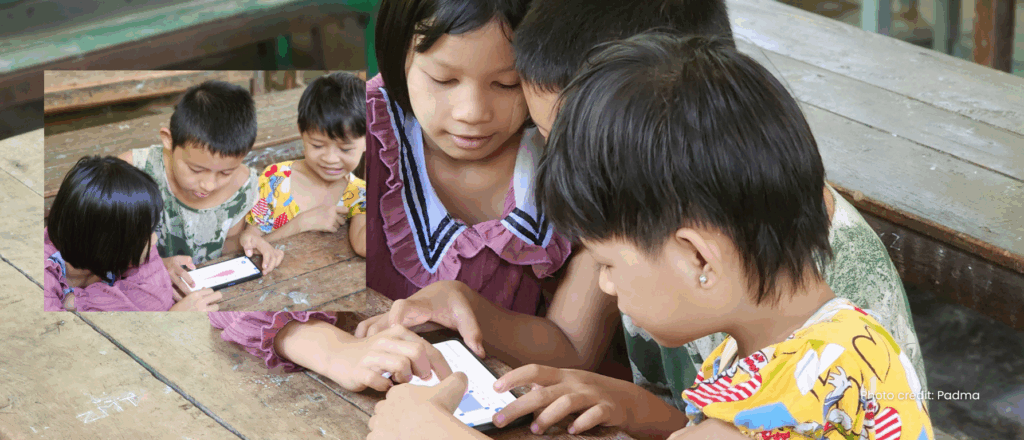
What are your goals for this project?
We aim to integrate coding into everyday learning across Myanmar. When all children have the same opportunities to develop digital skills, they can grow into creators, not just consumers of technology. We also want teachers and parents to see coding as a basic skill for the future. In the long term, we hope to spark a movement where children confidently use Padma to build their own stories, games, and digital solutions.
How will YSEALI Seeds help you achieve your goals?
YSEALI Seeds has strengthened our work through mentorship, expert webinars, and financial support. Monthly guidance helped us sharpen our strategy, while the YSEALI Seeds funding advanced our app development.
The credibility of the program also helped us connect with teachers, parents, and partners across Myanmar.
What have you accomplished and implemented so far?
We have successfully deployed our Android app, optimized for mobile devices, and made it publicly available on the Google Play Store with over 100 downloads to date. All coding blocks are fully translated into Burmese, and we have begun piloting ethnic language versions. To guide new users, we launched a YouTube tutorial series with 25 learning videos.
We tested the apps with teachers and private tutors, including five who joined initial training workshops. Their feedback shaped our next steps, such as refining Burmese tutorials first and then expanding carefully into other languages with quality checks. At the same time, we are preparing workshops and a coding competition to drive adoption and awareness.
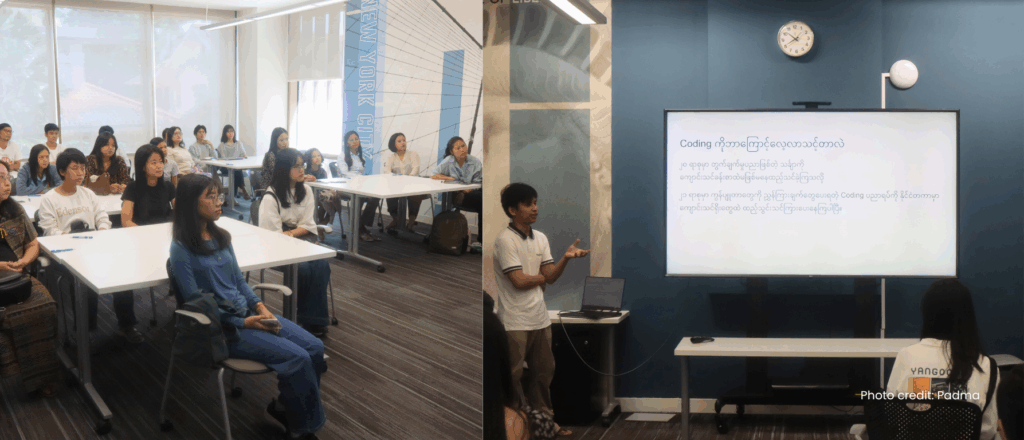
What are the most significant lessons learned you’ve experienced so far?
We learned that setting realistic goals is key to a smooth implementation. We also realized feedback is most valuable when it comes directly from teachers and parents who understand local needs. Their perspective has guided us to keep Padma simple, relevant, and focused on what works best in classrooms.
What are the success stories you can share with others?
One teacher who leads a “Training of Trainers” program for other educators admitted she never knew coding was becoming compulsory in schools worldwide. After using Padma, she became excited about teaching it to her students, reminding us that we are not just building an app but starting a new way of learning.
We also heard from children who proudly showed their parents small projects they made, like animated stories and simple games. Their excitement confirms what success means to us. Children are building digital skills, teachers are confidently introducing coding, and families are seeing a future where their children can prosper.
